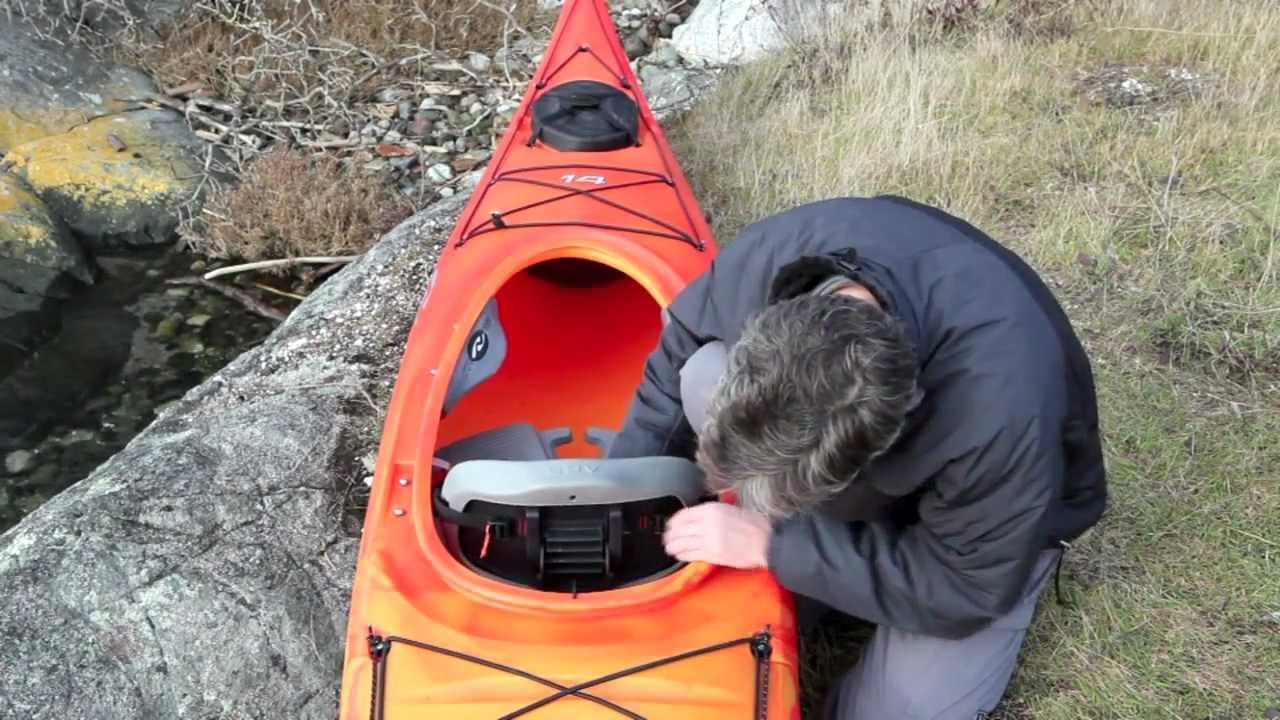

All sit on kayaks are comfortable, well made and offer stability. We offer the best prices on kayaks by manufacturing sit on top kayaks ourselves and selling them directly to you. If you are looking for the best deals on kayaks, Bluewave can provide some of the lowest prices on the market. Bluewave offers everything from sit on top hard shell kayaks to inflatable kayaks, motorised kayaks and fishing kayaks. They are open topped with a depression in the decks surface for paddlers to sit on top, without worry of legs being trapped within if the vessel capsizes. Sit on top kayaks are made exactly as they sound. Sit on kayaks are designed as safe, affordable and fun watercraft. Whether you use the boat-over-boat rescue technique to empty out water before you climb back in, you'll still have a fair amount of water in the boat at this point, and so you'll want to head to shore to completely empty the kayak, or you can use a bilge pump.Bluewave sit on top kayaks are designed for experienced and novice kayakers alike. You'll then twist your body and corkscrew your way back into the seat. Keeping your weight as low as possible, turn your head towards the stern of the kayak and slide your legs into the cockpit. Let your legs float to the surface behind you, and then with a powerful kick and push of the arms, haul your chest up and onto the stern deck. To get back into your kayak, position yourself alongside it and grab the cockpit rim. To do this, they'll pull the empty kayak alongside theirs and then hold tight and lean their body onto your kayak just in front of the cockpit. To get back into your kayak, your paddling partner will need to help stabilize the kayak for you. The goal here is to dump as much water out as possible and then quickly roll the kayak upright. The rescuer will then grab the bow and try and lift it up and over the cockpit of their kayak, while you, the swimmer, push down on the stern to help lever the bow into the air. As the swimmer, you'll move to the stern of the kayak.

The way to do this is have your friend maneuver their kayak perpendicular to the bow of the upside-down kayak. And although you can just grab the kayak and roll it up, if your friend is comfortable and stable in their kayak, they can help you roll the kayak upright and empty some of the water at the same time. The first order of business is to get the kayak upright. The bottom line is that sit-inside kayaks without a bulkhead are very limiting and should only really be used in the shallow water where, if you flip, you can stand up and drag the boat into shore.Īssuming your kayak has at least one bulkhead, let's take a look at how you'll get back into it with help from a friend. It divides the kayak into three unique compartments and makes the kayak much easier to deal with when it gets swamped. Some kayaks have a single bulkhead just behind the seat which divides the kayak into two separate compartments, while other kayaks, like touring and sea kayaks, have a second bulkhead just in front of your feet. Not only does this provide you with a relatively dry storage area for gear, but it prevents your kayak from completely filling up with water if you flip, which makes it much easier to re-enter or tow to shore. Bulkheads are walls that divide the kayak into separate compartments. Now first off, something that will make a huge difference if your boat gets swamped, is having a bulkhead in it. This is why sit-inside kayaks are best used very close to shore, unless you've taken a sea kayaking course, or have practiced and are very comfortable re-entering your kayak from the water. For that reason, it's often easier to tow your boat to shore, where you can empty it and get back in.

Re-entering a sit-inside kayak is a bit more complicated than re-entering a sit-on-top kayak, because they don't drain themselves like a sit-on-top kayak does. Instead, we're going to focus on the best way to re-enter a sit-inside kayak with the help of a friend. Although it's possible to do this on your own, it's a technique that takes training and practice, and so it's not something we're going to look at right now. In this video, we're going to look at the best way to re-enter a sit-inside kayak, in the event that you've capsized.


 0 kommentar(er)
0 kommentar(er)
